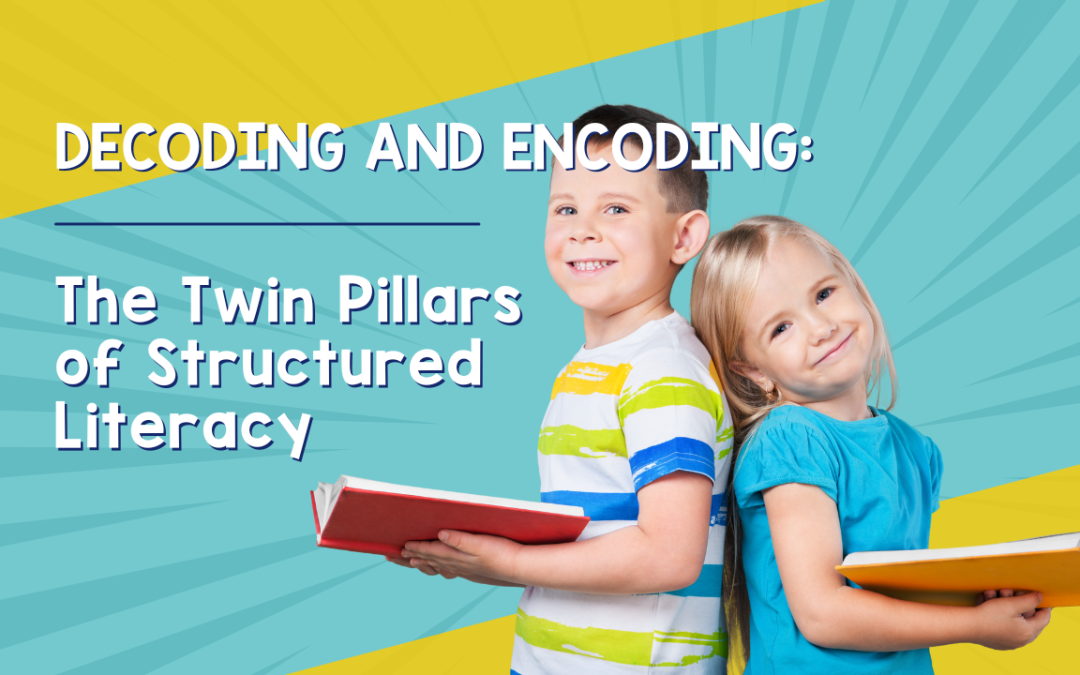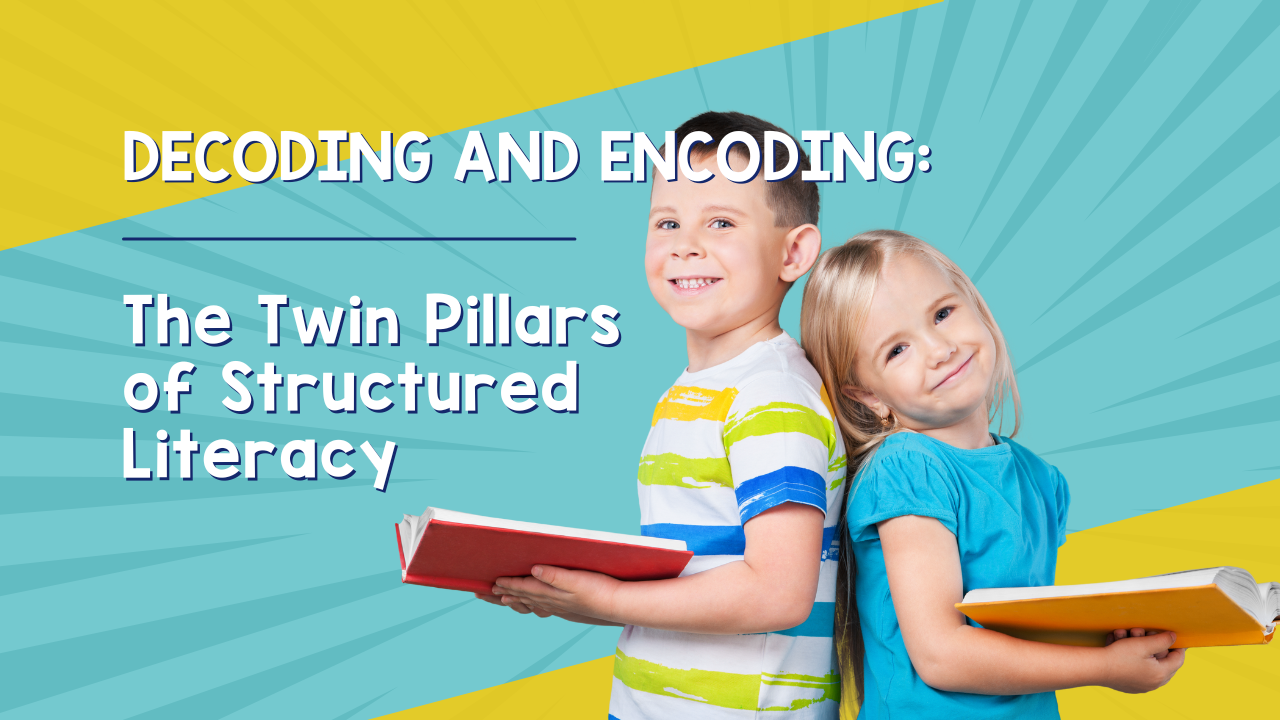Structured literacy, an educational approach grounded in the science of reading, stands out for its effectiveness in teaching reading and spelling. This method embraces the twin processes of decoding and encoding as fundamental to literacy.
Decoding is the ability to interpret written language into its spoken form. Encoding is the reverse process of translating spoken language into written form. Both are essential skills in reading and spelling. Structured literacy approaches these skills systematically, ensuring that learners can navigate the complexities of language with confidence.
This method is distinguished by its explicit and direct instruction. It focuses on phonemic awareness, systematic phonics, and a deep understanding of language structure. Structured literacy caters to diverse learning needs, including those of students with dyslexia.
Explore more about phonological awareness, phonemic awareness, and phonics and how they can help build strong literacy skills both in the classroom and at home here:
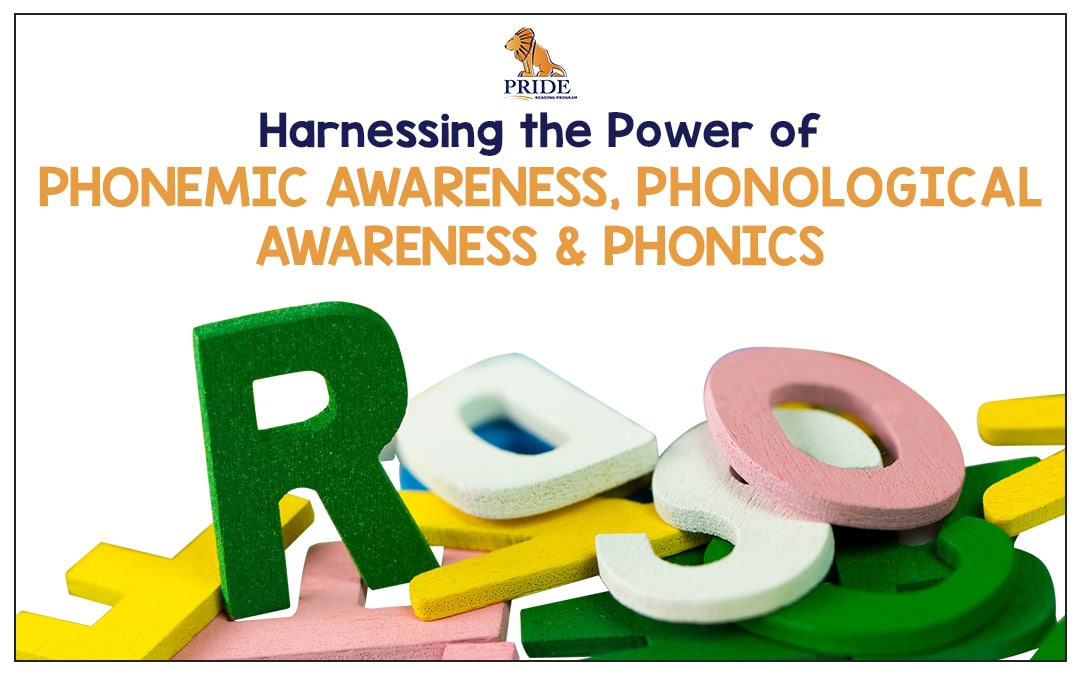
Phonics & Structured Literacy
In-depth, the approach intertwines phonology (the study of sounds), orthography (the study of writing and spelling), morphology (the study of word structure), and semantics (the study of meaning). Each element is taught in a logical, sequential order, ensuring a solid foundation for learners.
Such an instructional approach is supported by extensive research, highlighting its efficacy in not just improving reading and spelling skills but also in enhancing overall language comprehension. For students struggling with literacy, structured literacy provides a lifeline, offering clear, structured pathways to mastering the written word.
The synergy between decoding and encoding is evident in the way they enhance each other. Improved spelling skills lead to better reading abilities and vice versa. This complementary relationship is supported by research, which highlights the importance of combining reading and spelling instruction for literacy development.
Studies emphasize that a solid grasp of spelling not only enhances reading fluency but also bolsters comprehension across all subject areas. Moreover, phonological awareness, a core component of structured literacy, is crucial for literacy skills development in both first and second-language learners.
In structured literacy programs, these principles are applied through a blend of phonological awareness, reading (decoding), spelling (encoding), sight words, fluency, and comprehension using explicit, systematic instruction. Key elements include explicit and direct instruction, systematic, sequential, and cumulative instruction, and a focus on phonology, orthography, systematic phonics, and comprehension. This method ensures students master each concept before moving to the next, enhancing reading and spelling skills simultaneously.
For a more detailed understanding, you can explore the full explanation here:

How Reading Phonics Programs Support Young Readers
Reading is a skill that we learn at a young age, but it is often one that we use in everything that we do. A person’s ability to read can influence how they perform in any class, how they operate at work, or even how they communicate with those around them. Students who participate in an early reading program can receive these great benefits and more.
A Strong Foundation
A reading phonics program will address all of the core elements of reading. Ultimately, this means that students can build a strong foundation for reading that they can carry into every aspect of their lives moving forward. Students who have a strong reading foundation are often more academically successful.
Improved Confidence
Most adults can remember struggling with a specific subject in school–and how it felt. Children who struggle to read can find themselves with lower confidence, particularly in an environment where others do not have those same struggles. Giving students the ability to learn this valuable skill and improve can also improve their confidence.
Exposure to More Methods and Materials
Sometimes, a specific approach to education simply does not stick. While that can mean a student falls behind in class, reading phonics programs are often more forgiving. In these programs, students can explore other methods and materials while learning core concepts. This gives them more resources that are tailored to them, allowing them to gain these essential skills while supporting their individual needs.
The Takeaway
Reading is an invaluable skill, but it is also a gift. Students who gain a strong foundation in reading are often more prepared for academic success, but they are also more likely to enjoy reading. When students enjoy reading, they become lifelong learners and learn how to dream big and be more creative too.
For further information on structured literacy and its effectiveness in literacy instruction, you can explore these articles:
– How Structured Literacy Transforms Reading Proficiency
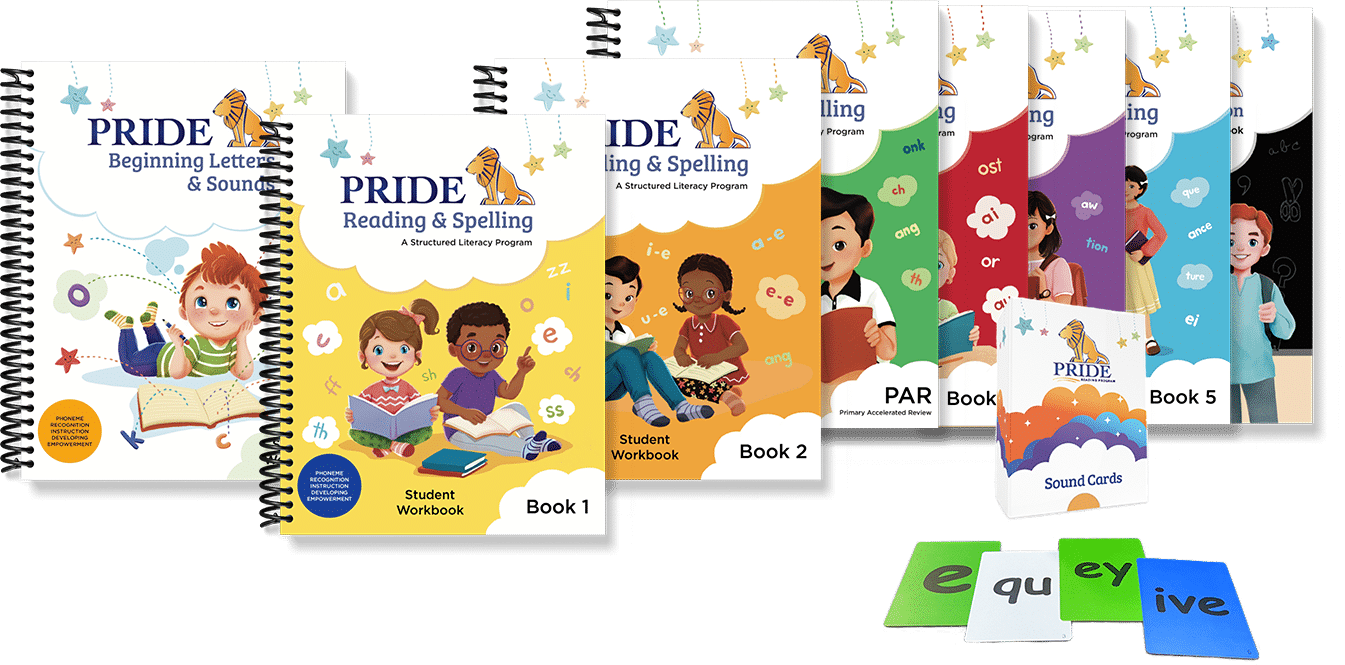
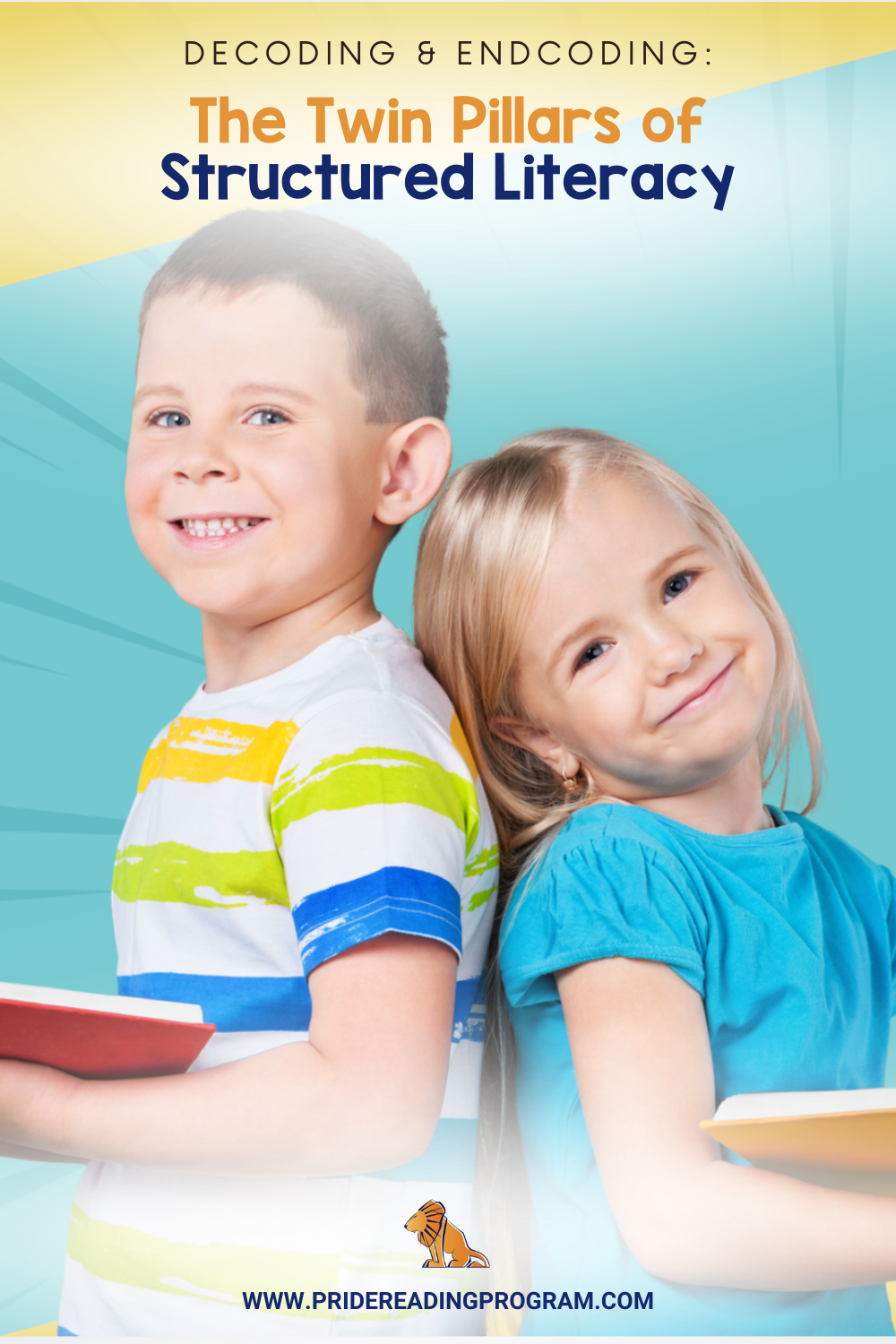
The PRIDE Reading Program, a multisensory Orton-Gillingham reading, writing, and comprehension curriculum is based on the Science of Reading and available worldwide for parents, tutors, teachers, and homeschoolers of struggling readers.
If you have any questions on how to incorporate our program into your school or homeschool, please contact us by email at info@pridereadingprogram.com.

